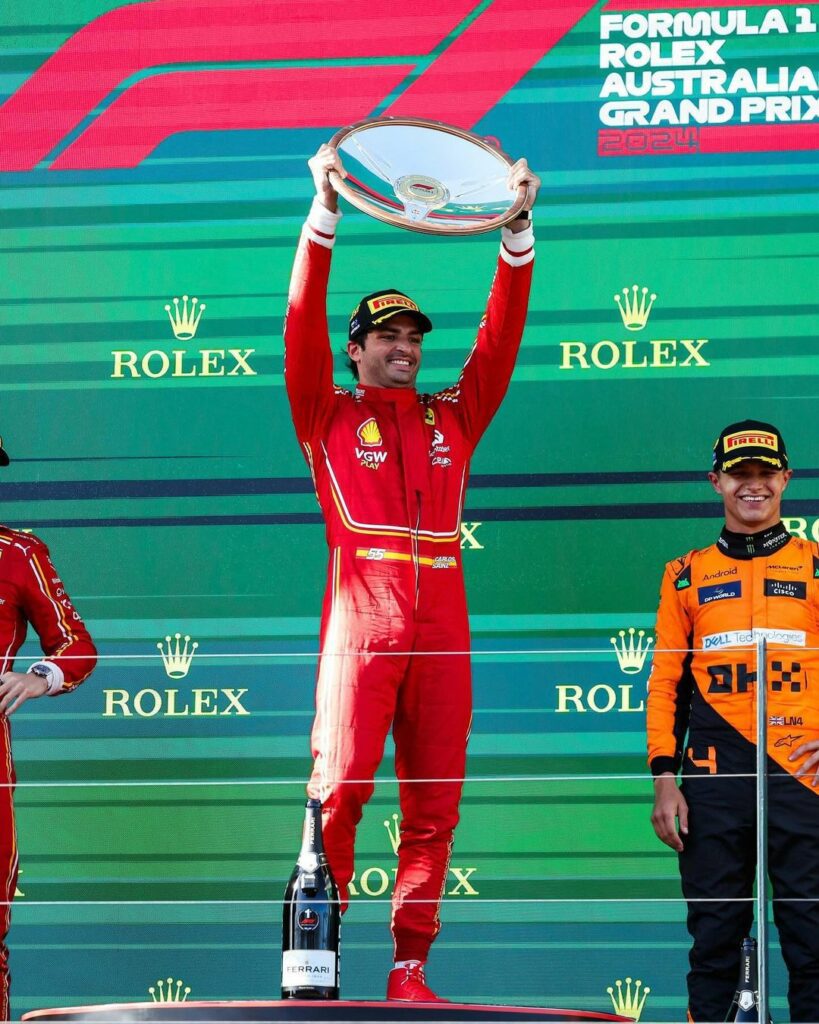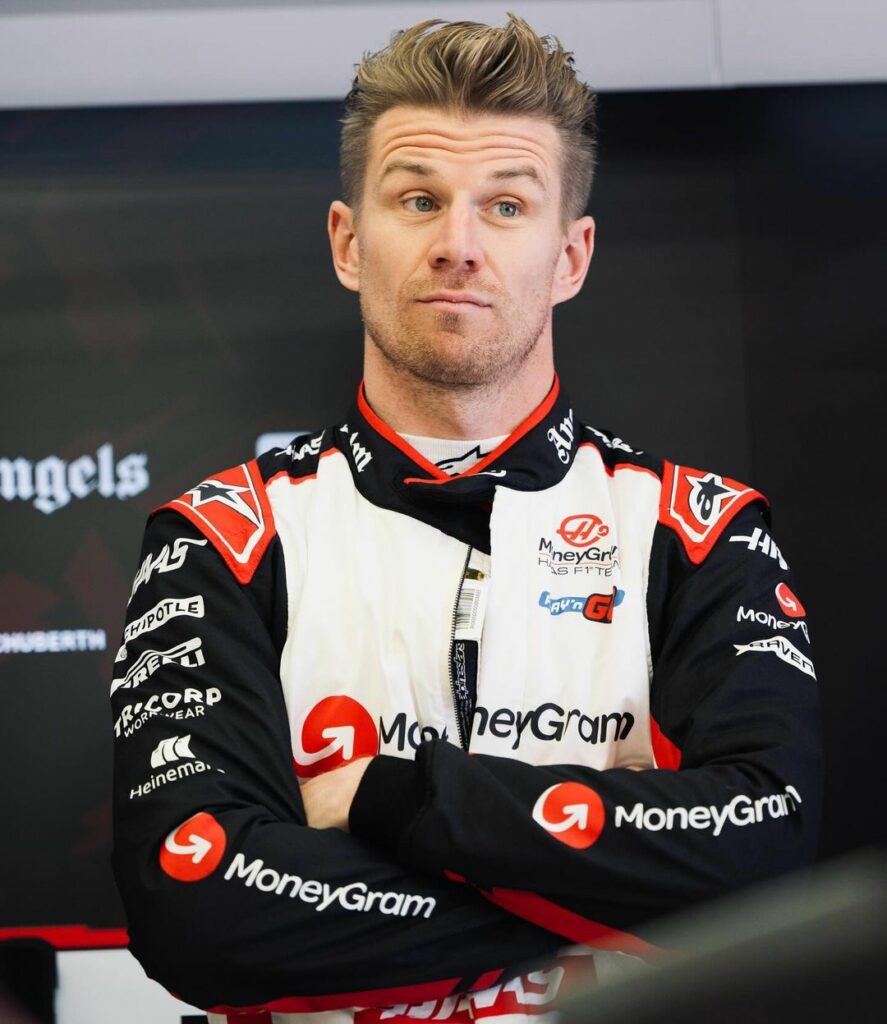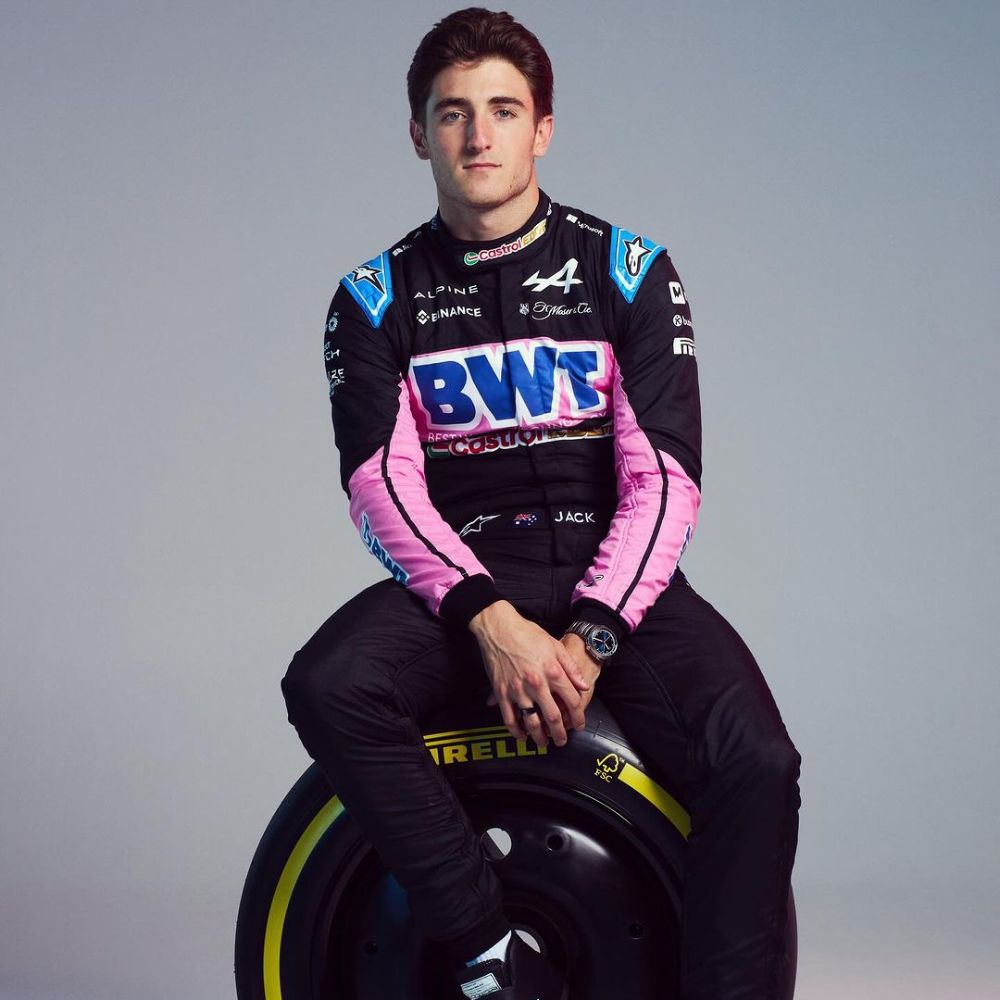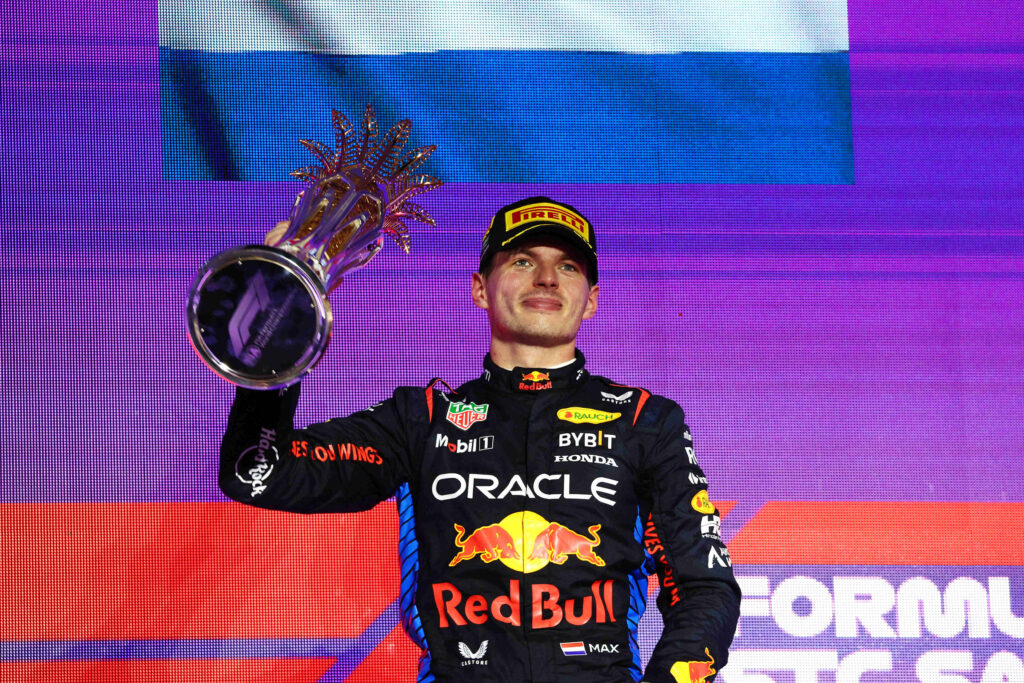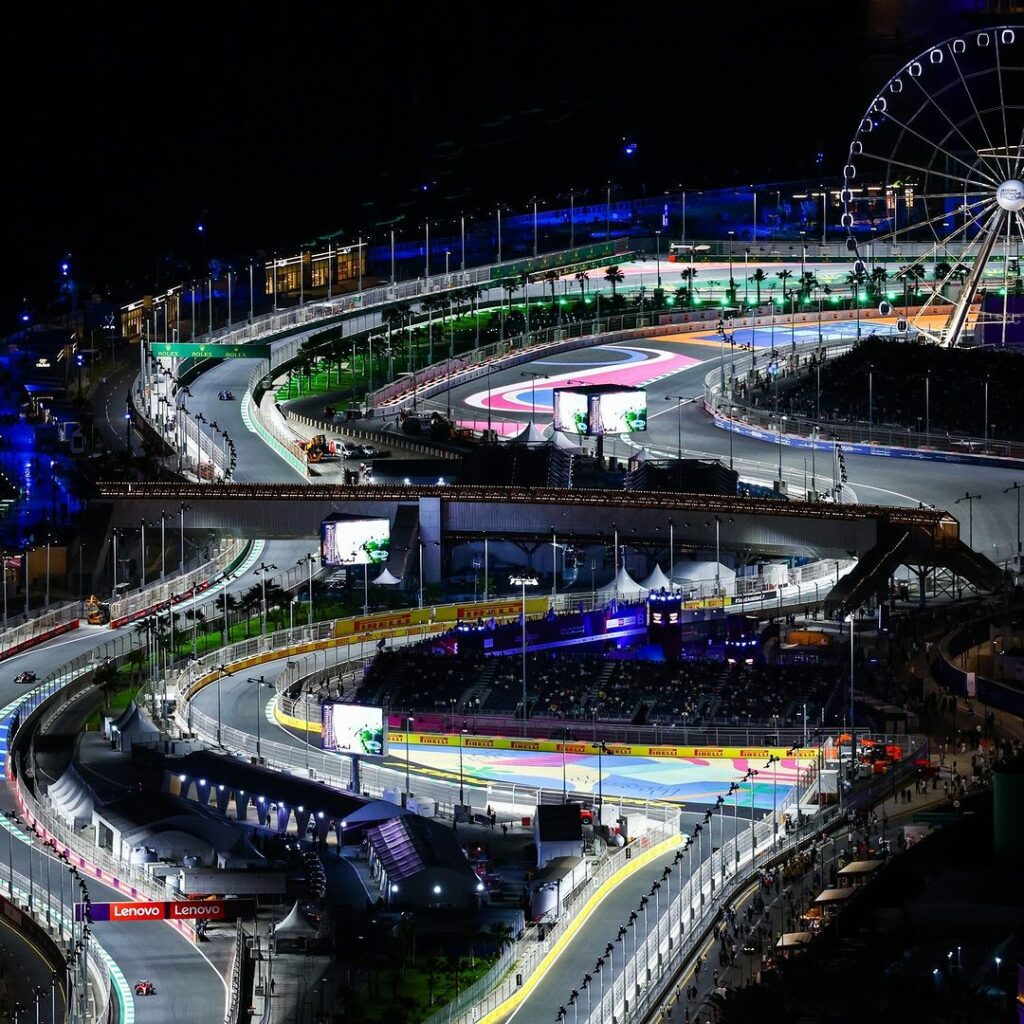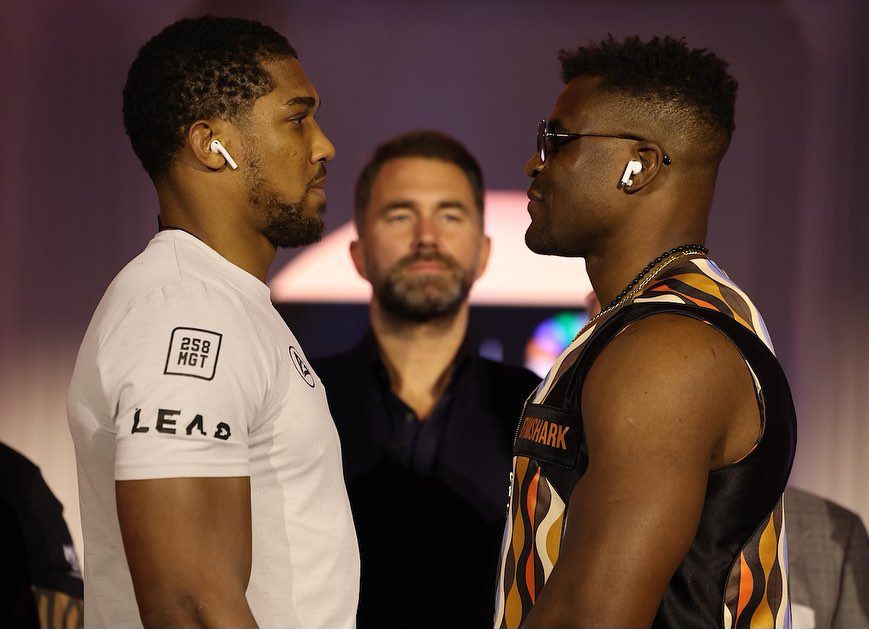THE AUSTRALIAN GRAND PRIX is one of oldest, most prestigious, and highly coveted races in Formula 1. When it was first included in the F1 championship schedule back in 1985, the Grand Prix became only the second F1 race to be held in the Asia-Pacific region. Back then, it was still held in Adelaide, and for 60 years prior, it had been hosted by 23 locations across the nation. While it has changed host circuits, parameters and schedules countless times over the years, the Australian Grand Prix has remained a spectacle of motorsport that attracts millions of viewers.
Whether it’s fast-paced crashes, neck-and-neck finishes or controversial flare-ups, the Australian Grand Prix has always been a reliable source of idle talking points for the pub. As an early season – and frequently season opening – race, the Albert Park circuit has become known as a proving ground for F1 drivers keen on staking their claim to the driver’s championship, with the results almost always painting a clearer picture of how the rest of the season ahead will play out.
It should come as no surprise then that the Australian Grand Prix has been established as a fan favourite. Less than a week out from the 2024 edition, we’re taking a trip down memory lane to revisit some of the race’s most memorable moments and get the nostalgia flowing.
Nigel Mansell comes oh-so-close in Adelaide – 1986
In what was only the race’s second year on the F1 calendar, the then season-ending Australian Grand Prix would prove to be the decider in a three-way battle for the driver’s championship between Nigel Mansell, Alain Prost and Nelson Piquet. Mansell, the pre-race favourite to take out the championship, only needed to finish in the top three to secure the top honour. Pity no one told his car.
With less than 20 laps to run, Mansell was sitting in third place and looked primed to win his first ever championship. Then, while heading down the main straight, Mansell’s rear left tyre suddenly exploded, sending the driver careening wildly across the track. Prost would go on to win the race – and the championship – while Mansell’s Australian hoodoo continued over the next decade. Having already also retired at the previous year’s Australian Grand Prix, Mansell would face a similar fate during his next two entries. He then finished second twice and retired for a fifth time before finally claiming victory on his final attempt in 1994. Evidently, the Australian-British sporting rivalry gave no quarter to Mansell while he was on Aussie soil.
The second-shortest race in F1 history – 1991
Thirty years ago, safety regulations in F1 weren’t quite at the level of rigour that they are today. As such, races would regularly finish with half of the field wrecked and it was rare for them to be entirely abandoned due to safety concerns. But at the 1991 Australian Grand Prix, organisers had little choice.
Torrential rain from the outset of the race made driving difficult, but conditions only worsened after the opening laps. The race was canned after just 16 laps and 24 minutes. Ayrton Senna had already secured the championship that year, which effectively made the Grand Prix a dead rubber, likely factoring into the decision. The race would stand as F1’s shortest ever until 2021, when the Belgian Grand Prix was called off after just three minutes.
Mayhem in the McLarens – 1998
The 1998 Australian Grand Prix was more of a race between the two McLarens, driven by David Coulthard and Mika Hakkinen, than it was between them and the rest of the field. The duo had looked so dominant in qualifying that a quinella seemed a foregone conclusion. In the end they got it – which most people saw coming – but it certainly didn’t come in the manner that was expected.
A pit mishap from Hakkinen on lap 36 gave Coulthard a commanding lead, and his victory looked certain, barring any car trouble. Hakkinen fought back though, and by lap 42, the pair had lapped ever other car on the track. At that time, Hakkinen’s lead stood at 12 seconds, but the Finn appeared to begin letting off the pace. With three laps to run, the lead was reduced to just two seconds. Then, on the front straight, Hakkinen inexplicably crawled to a near halt and let Coulthard pass him for the win.
What could possibly explain such an outcome? As the story goes, Hakkinen and Coulthard knew that their only challenge for the top spot on the podium would be each other. To avoid battling back and forth and possibly wrecking their cars, the teammates agreed that whoever reached turn one first on the race’s opening lap – which was Hakkinen – would be gifted a strategic win. The result was extremely controversial as both drivers and their team faced backlash from fans, rivals and governing bodies. The topic of team orders remains a point of contention today, and there is no better demonstration of it in practice than the 1998 Australian Grand Prix.
Ralf Schumacher takes flight – 2002
Ralf Schumacher always struggled to break out of his brother’s illustrious shadow. For that reason, his start to the 2002 Australian Grand Prix could be likened to a child performing increasingly brazen acts to wrest their parents’ attention away from their siblings. Mere seconds into the race, due to a combination of Rubens Barrichello braking too soon and Schumacher not braking at all, the German caught the rear his brother’s teammate on the opening turn, sending him airborne at 240km/h. The younger Schumacher’s day was over from there – marking one of the quickest retirements in F1 history – while his brother went on to win the race.
Mark Webber’s dream debut – 2002
Schumacher’s high-flying antics had consequences. Of the 22 cars in the field, eight were eliminated by retirement after the first bend of the 2002 Australian Grand Prix as they damaged themselves while attempting to avoid the airborne German. Throughout the course of the race, another four were lost to retirement and two to disqualification. This made for felicitous circumstances for a young Australian driver on debut, who had started all the way back in 18th.
Mark Webber, now recognised as one Australia’s greatest motoring products, wasn’t much more than a little-known prospect in 2002. On a three-race contract beginning with his home Grand Prix, Webber would need to impress if he wanted to keep his seat. He made the most of his limited opportunities, finishing in the points in fifth position and earning himself a full contract. Webber would go on to win nine F1 races and land 42 podiums, establishing himself as a legend of the sport.
Michael Schumacher sets the track record – 2004
Lap records are meant to be broken in F1. The cars are designed to be the fastest wheeled vehicles on the planet, and with the myriad engineering and construction advancements made every season, lap records seldom last more than a year. It is a testament to Michael Schumacher’s talent then, that the track record of 1:24.125 he set in 2004 has never – and will never – be broken. The Albert Park circuit was altered to be slightly shorter in 2020, meaning that Schumacher’s record on the older track cannot be broken unless the circuit is reverted to its previous form – not that anyone came close to besting the time in the 16 years after the German set it. Unsurprisingly, Schumacher won the Grand Prix that year, leading every lap from start to finish.
Ricciardo breaks Australia’s duck, or so he thought – 2014

Getty Images | Peter Fox
Following Mark Webber’s retirement at the end of the 2013 season, his rising compatriot Daniel Ricciardo took over at Red Bull. A far cry from the team’s dominant performances of today, Red Bull was struggling in 2014 and they feared their cars wouldn’t be competition ready by the season opening Australian Grand Prix. Far from struggling, Ricciardo actually managed to qualify and finish in second place on his Red Bull debut, becoming the first Australian to finish on the podium at an Australian Grand Prix since the race entered the F1 schedule. It wasn’t meant to be though. Not long after he was popping champagne on the podium, Ricciardo was informed that he’d been disqualified because his car had exceeded the maximum fuel flow rate. Tough luck.
Piastri’s first points – 2023
View this post on Instagram
Chaos again reigned supreme at the 2023 Australian Grand Prix. The race was red-flagged and restarted three times, the most of any Grand Prix in F1 history – and a fourth red flag was even shown after the finish. By lap 56 of 58, the time of the race’s second restart, 16 of the original 20 competitors remained, but many would fail to finish.
On the first turn of the restart, a total of seven cars were involved in separate crashes, forcing yet another restart. This restart coincided with the chequered flag, finally ending the race. In the chaos, eight cars failed to finish, two more finished on pit lane, and Carlos Sainz received a five second penalty – which, in a race where the leader and the back of the pack were separated by less than seven seconds, effectively moved him to last place.
On the bright side, the drama allowed Aussie rookie Oscar Piastri to move all the way up to eighth place, after starting 17th. The result would merit Piastri with the first points of his F1 career, and after a rough start to the season, he was due for some luck.
Related:
Oscar Piastri’s performance coach reveals how F1 drivers stay fit








